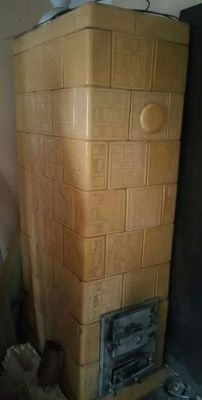Demolition of the tiled stove.
Is it true that 100-150 liters of water should be poured into the stove from the top to avoid dust during demolition?
This water will soak into the tiles, bricks?
Will it flood the apartment?
How much does the stove weigh? I have 300 kg per person/year as a free reception at the landfill, each additional kg is 18 groszy.

illustrative photo
The stove is neither old nor new, so the decision was made. It was a furnace left in case the central heating system failed. She didn't have it for 5 years, so I decided it was pointless to keep it for more years. It's just as part of the explanation if someone urged "leave it, it will come in handy".
Is it true that 100-150 liters of water should be poured into the stove from the top to avoid dust during demolition?
This water will soak into the tiles, bricks?
Will it flood the apartment?
How much does the stove weigh? I have 300 kg per person/year as a free reception at the landfill, each additional kg is 18 groszy.

illustrative photo
The stove is neither old nor new, so the decision was made. It was a furnace left in case the central heating system failed. She didn't have it for 5 years, so I decided it was pointless to keep it for more years. It's just as part of the explanation if someone urged "leave it, it will come in handy".


